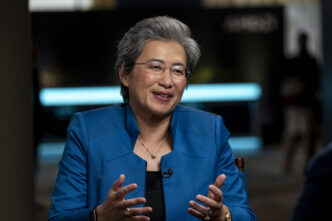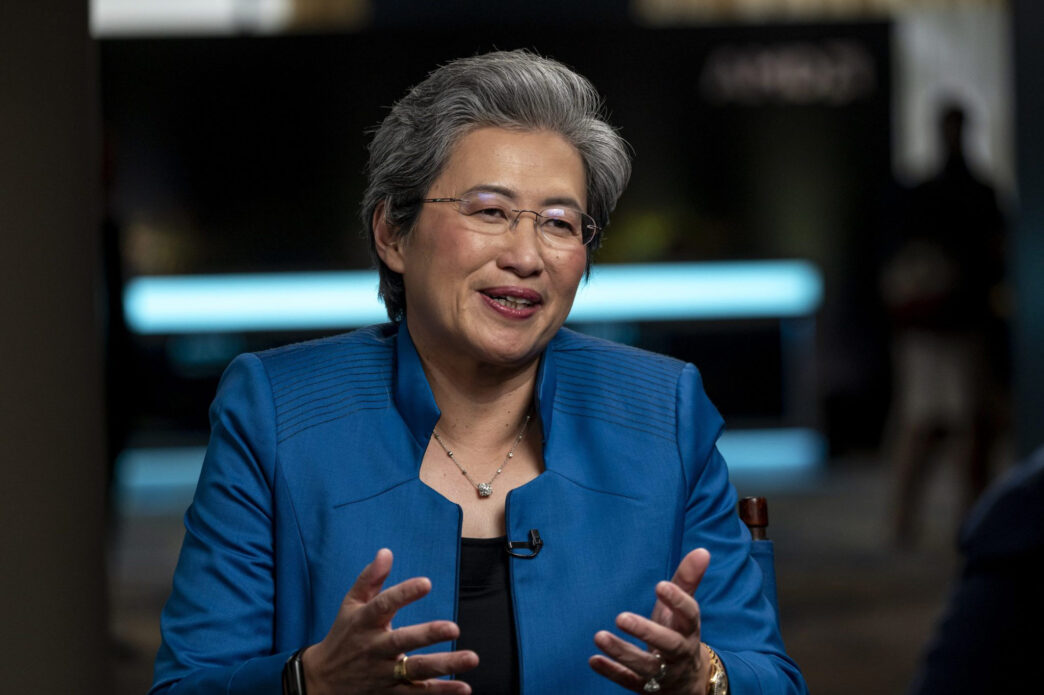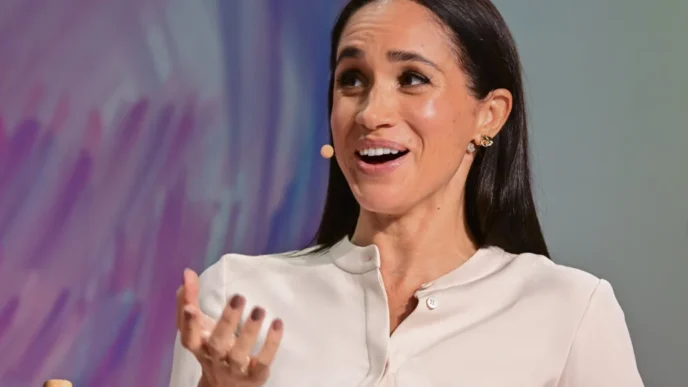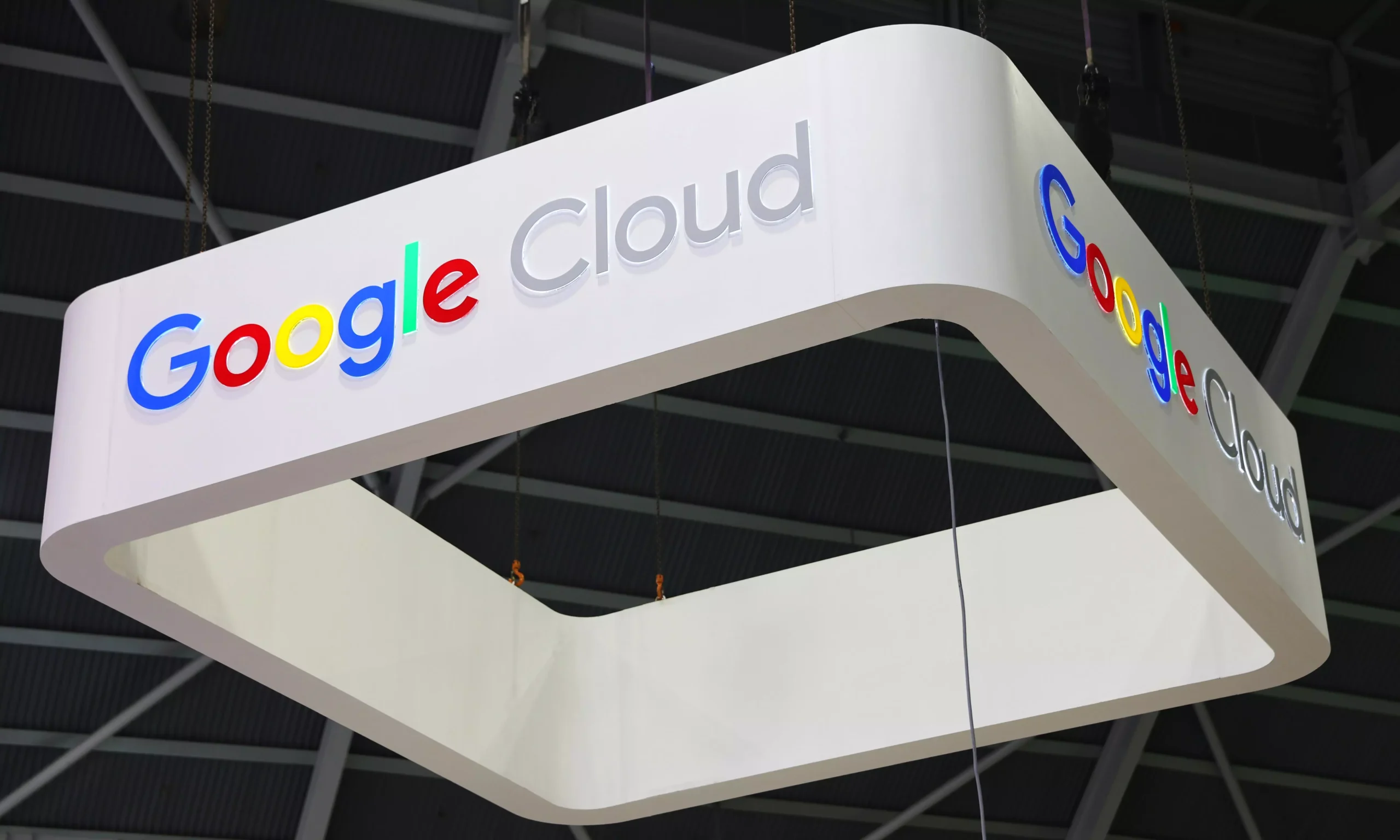Shares of Advanced Micro Devices (AMD) surged this week after reports confirmed a major partnership with OpenAI, signaling a pivotal shift in the artificial intelligence (AI) hardware landscape. The deal, which positions AMD as a key supplier of AI chips to the ChatGPT maker, underscores a broader movement within the tech industry to reduce dependency on Nvidia, whose dominance in AI computing has driven its valuation to historic highs.
The partnership is being hailed as one of AMD’s most significant strategic wins in years, potentially altering the balance of power in a sector that has become central to everything from cloud computing to autonomous systems and generative AI.
A Game-Changing Alliance in the AI Arms Race
According to people familiar with the matter, OpenAI plans to integrate AMD’s MI300X accelerators—the company’s flagship GPU built for large-scale AI workloads—into its upcoming cloud infrastructure. These chips are designed to compete directly with Nvidia’s highly sought-after H100 processors, which have become the gold standard for training and running advanced AI models.
AMD’s stock jumped nearly 9% in early trading following the announcement, marking one of its best single-day performances in months. Investors see the deal as both a validation of AMD’s technical prowess and a sign that the market for AI chips is expanding beyond Nvidia’s reach.
“AMD has been waiting for its breakout moment in AI,” said Mark Newman, an analyst at Bernstein. “This partnership with OpenAI could be the catalyst that propels it into the same strategic conversations that Nvidia has dominated for years.”
Why Big Tech Is Turning Away from Nvidia
For years, Nvidia’s chips have powered nearly every major AI model, from OpenAI’s ChatGPT to Google’s Gemini and Meta’s Llama. But with soaring demand, Nvidia’s supply constraints and premium pricing have become a growing concern for companies trying to scale their AI capabilities.
Some cloud providers report waiting months to secure high-end Nvidia GPUs, while others are exploring new ways to diversify supply chains. The result: a race among competitors like AMD, Intel, and startups such as Cerebras and Groq to capture a slice of the AI hardware market.
“AI demand isn’t slowing down — but Nvidia can’t supply the world,” said Dr. Lina Huang, a semiconductor industry researcher at MIT. “That’s where AMD comes in. It’s not about replacing Nvidia overnight, but about building a more resilient ecosystem.”
OpenAI’s decision to collaborate with AMD sends a clear signal to other tech giants that diversification isn’t just desirable — it’s necessary. With AMD’s chips reportedly priced 20–30% lower than comparable Nvidia units, the partnership could also introduce new pricing dynamics across the AI hardware landscape.
Inside AMD’s AI Hardware Revolution
AMD’s MI300X accelerators have been in the spotlight since their debut in late 2023. Built on a chiplet-based architecture and leveraging advanced 5-nanometer process technology from TSMC, the MI300X offers high memory bandwidth and energy efficiency — critical features for training massive neural networks.
Unlike traditional GPUs optimized for gaming, AMD’s design focuses squarely on large-scale AI inference and training, a segment that has exploded in value as demand for generative AI applications continues to surge.
In addition to OpenAI, AMD has reportedly held discussions with Microsoft, Meta, and Oracle Cloud regarding the integration of its chips into hyperscale data centers. Microsoft, a major investor in OpenAI, is already said to be testing AMD’s chips for deployment in its Azure AI infrastructure.
The company’s CEO, Lisa Su, has made AI a top strategic priority. “AI represents the single largest long-term growth opportunity in our history,” Su said during AMD’s most recent earnings call. “We’re committed to expanding access to high-performance AI computing across industries.”
A Blow to Nvidia’s Near-Monopoly
For Nvidia, which currently controls more than 80% of the AI GPU market, AMD’s new momentum presents its first serious challenge in years. Nvidia’s chips remain unmatched in terms of software ecosystem support — particularly its CUDA platform, which has become an industry standard for AI developers.
But cracks in Nvidia’s dominance are beginning to show. As companies like OpenAI and Microsoft develop proprietary software stacks to support alternative chips, reliance on CUDA may gradually diminish.
Investors are watching closely to see if AMD can deliver on both performance and scalability — two areas where Nvidia still holds a strong lead. “AMD doesn’t just need to match Nvidia in hardware,” said Ben Rollins, a semiconductor strategist at JPMorgan. “It needs to build an ecosystem that developers trust. That’s the real long game.”
OpenAI’s Strategic Bet on Competition
For OpenAI, the deal reflects a calculated effort to diversify its hardware supply chain and mitigate risks associated with a single supplier dependency. The company’s explosive growth has pushed existing infrastructure to its limits, with energy costs and GPU shortages becoming persistent bottlenecks.
By integrating AMD chips, OpenAI hopes to increase computing capacity, lower operational costs, and reduce exposure to Nvidia’s pricing power. It also aligns with the broader ambitions of OpenAI’s leadership to build custom hardware solutions tailored to future versions of ChatGPT and other AI models.
“Hardware flexibility is essential for innovation,” said one OpenAI executive familiar with the matter. “The goal is to optimize performance without being constrained by a single vendor’s roadmap.”
Wall Street and Silicon Valley Take Notice
AMD’s rally reflects a growing belief that the AI chip market will not remain a one-player game. Analysts project the global AI hardware market to exceed $400 billion by 2030, leaving room for multiple winners.
Investors are also reassessing AMD’s valuation in light of its potential to capture meaningful AI-related revenue in 2025 and beyond. “This isn’t just about one deal,” said Elaine Murray, a technology equity analyst. “It’s about signaling that AMD is no longer on the sidelines of the AI revolution.”
The Future: A Two-Horse Race in AI Silicon
While Nvidia remains the clear leader, AMD’s OpenAI partnership may mark the beginning of a more balanced AI hardware ecosystem. The move mirrors a broader trend across Big Tech — where diversification, competition, and innovation are becoming strategic imperatives.
As the demand for AI processing power accelerates, the era of single-supplier dependence may be coming to an end. For AMD, that shift represents not just an opportunity, but a vindication of years of investment in high-performance computing.
And for the tech industry as a whole, it signals a critical truth:
In the race to power the future of artificial intelligence, no company can afford to go it alone.















